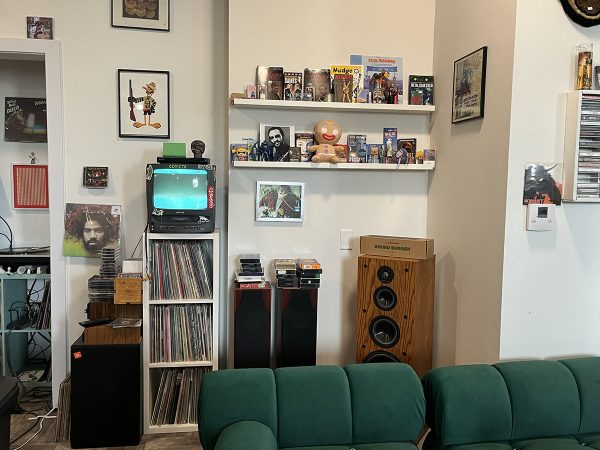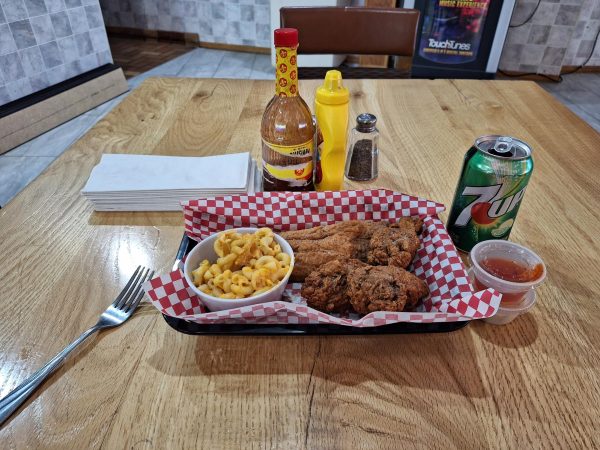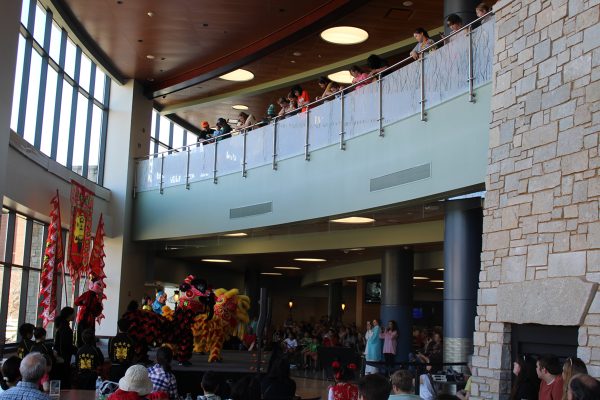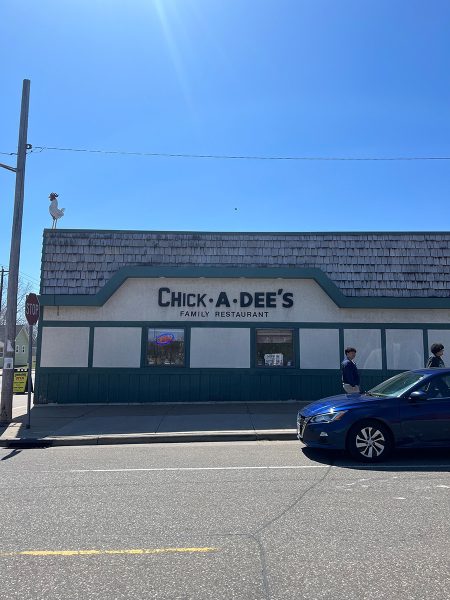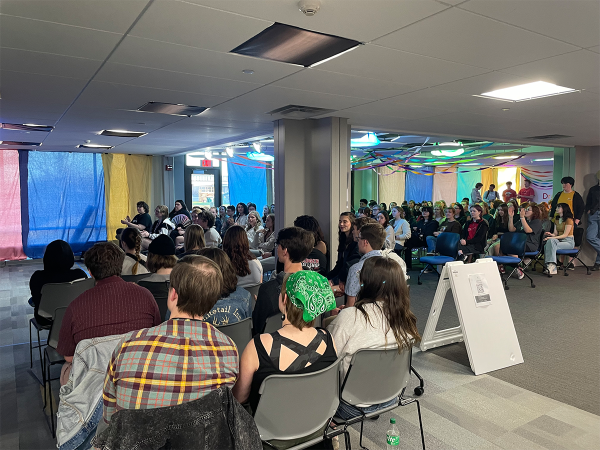Across the pond
Raising a glass in Germany and Spain
Photo by Lea Kopke
Note: “Across the Pond” is an on-going column in which two freelance writers will be writing about the difference in cultures they are discovering during their semesters abroad. Lea Kopke is studying in Marburg, Germany and Lauren Spierings in Valladolid, Spain.
Lea (Germany)
The first German beer I drank was in “Hinkelstein Bierlokal,” which sits in the basement of the oldest stone house in Marburg. The 15th century building sees masses of students throughout the week who have ventured down the steep, dusty stairs for a drink — in many cases as a part of an Oberstadt (upper town, where the oldest buildings are) pub crawl.
According to the Oberhessische Presse, a Hessian newspaper, Marburg is the city with nearly the highest density of bars in Germany, second only to Berlin. The Oberstadt alone hosts around 30 bars whose styles range from traditional German to jazz.
Part of the reason for the number of bars is the high student population in Marburg and the drinking culture surrounding university. In Germany, the legal drinking age is 16 for beer and wine and 18 for spirits. By the time students reach college age, many have already been drinking for a few years.
Because of this, and the fact that many students live in Wohngemeinschaften (shared apartments) with strict rules, I’ve found house parties don’t seem to be quite as popular here. I was surprised to find, however, that parties are often thrown in the shared kitchen spaces of the dorms here. It’s very interesting going from practically dry student housing to sharing my fridge space with the floor’s stockpile of various alcoholic drinks.
Drinking culture in Germany goes deeper than just a pastime for students — it’s a part of culture here. Going out for drinks is a common social activity for many Germans, especially with the increase of nonalcoholic beer options. From what I’ve seen, it’s totally normal to nurse a drink as you have your lunch with a few colleagues, or go out to a pub with other students and your professor.
German beer itself has a rich tradition, as German monasteries began producing it for mass consumption starting in about the year 1000, according to the German Foods website. During this time the beer was actually safer to drink than the water, due to the brewing process eliminating the water contamination.
For a long time, beer was actually one of the main staples of German diets. It was seen as safe and nutritious, and was even given to small children before putting them to bed. The Beer Purity Law — which is still in effect today — requires beer to be made only from barley, hops and clean water.
Different regions of Germany are known for their different styles of beer. Helles or Dunkles Lager (light or dark Lager) comes from Munich and Dortmund, while Kölsch and Altbier come from Cologne and Düsseldorf, cities on the Rhine river. The regions take pride in their beer, but many of the top brands can be found throughout the country.
I was surprised to find that Germany also has large wine regions, mostly in southern and southwestern Germany. In Marburg in particular, Apfelwein, a hard cider, is on every bar’s drink menu. A sparkling Apfelwein has become my drink of choice, as it’s both tasty and one of the cheapest items on the menu. When I head back to the states, I’ll definitely be trying to find a cider to match the quality of a German Apfelwein — that is, once I turn 21, of course.
Lauren (Spain)
Unlike the United States, the age to drink alcohol legally and the age to drive in Spain are the same. Once someone turns 18, they can drive to the bar and have a beer with friends and family.
The first thing about drinking in Spain is that it has a different schedule than in the United States. Considering that Spaniards don’t eat dinner until 9 or 10 p.m., it’s not uncommon to find bars empty until it gets to be much later in the night, like around midnight or 1 a.m.
Additionally, most bars stay open the entire night. It is considered an early night, at least among students, to return home from the bars before 3 or 4 a.m.
Often younger people will go to clubs or “discotecas” and dance while they drink with friends. The busiest days in clubs are Thursdays and Saturdays, young people take Friday and Sunday to recover from the night before.
The older portion of the population tends to gather in bars and talk with friends during the night.
A common stereotype of Spain is that sangria — red wine mixed with fruit — is a common drink in Spain. In reality, sangria is more of a tourist drink than a common drink choice.
A more common drink would be “tinto de verano,” which is red wine mixed with “gaseosa” or a soft drink. Of the tinto de verano that I’ve tried, the soft drink is usually a lemon soda. It is typically drank in the summertime.
Wines in Spain are a big deal. Ordering wine off of a menu in a restaurant means knowing what each location name on the list means for the wine instead of having the reds and whites split into two lists like on American menus.
Taking shots is a typically American thing to do in Spain. Called “chupitos,” here, the only people who really take shots at bars are young people, especially study abroad students.
Another aspect of drinking in Spain is the tapas. Tapas — also called “pinchos” — are little hors d’oeuvre-like foods that accompany a drink at some bars. There are even bars that are specifically tapas bars. Depending on what part of Spain you are in and the bar, sometimes these tapas come with your drink for free.
There’s even a word for going out for tapas in Spanish, which is “tapear.” Originally, tapas came from bars putting small bites of food on top of the openings of drinks served to keep bugs or dust from getting into the drinks. While they are no longer served on top the glass, the name stuck.
There are whole competitions for tapas in Spain. In Valladolid, the International Tapas Competition takes place every year in November. Chefs from tapas bars all over gather to show off their craft.
Next edition: transportation.
Kopke can be reached at [email protected].
Spierings can be reached at [email protected].

Lea Kopke is a fourth-year journalism and German student. This is her seventh semester on The Spectator staff. She plays the clarinet in the Blugold Marching Band and recently relearned how to ride a bike with no hands.

Timothy Spierings is a fourth-year Spanish and journalism student. This is their eighth semester on The Spectator staff. They enjoy trying all types of new foods and listening to new music artists and are currently trying to learn the bass guitar.




